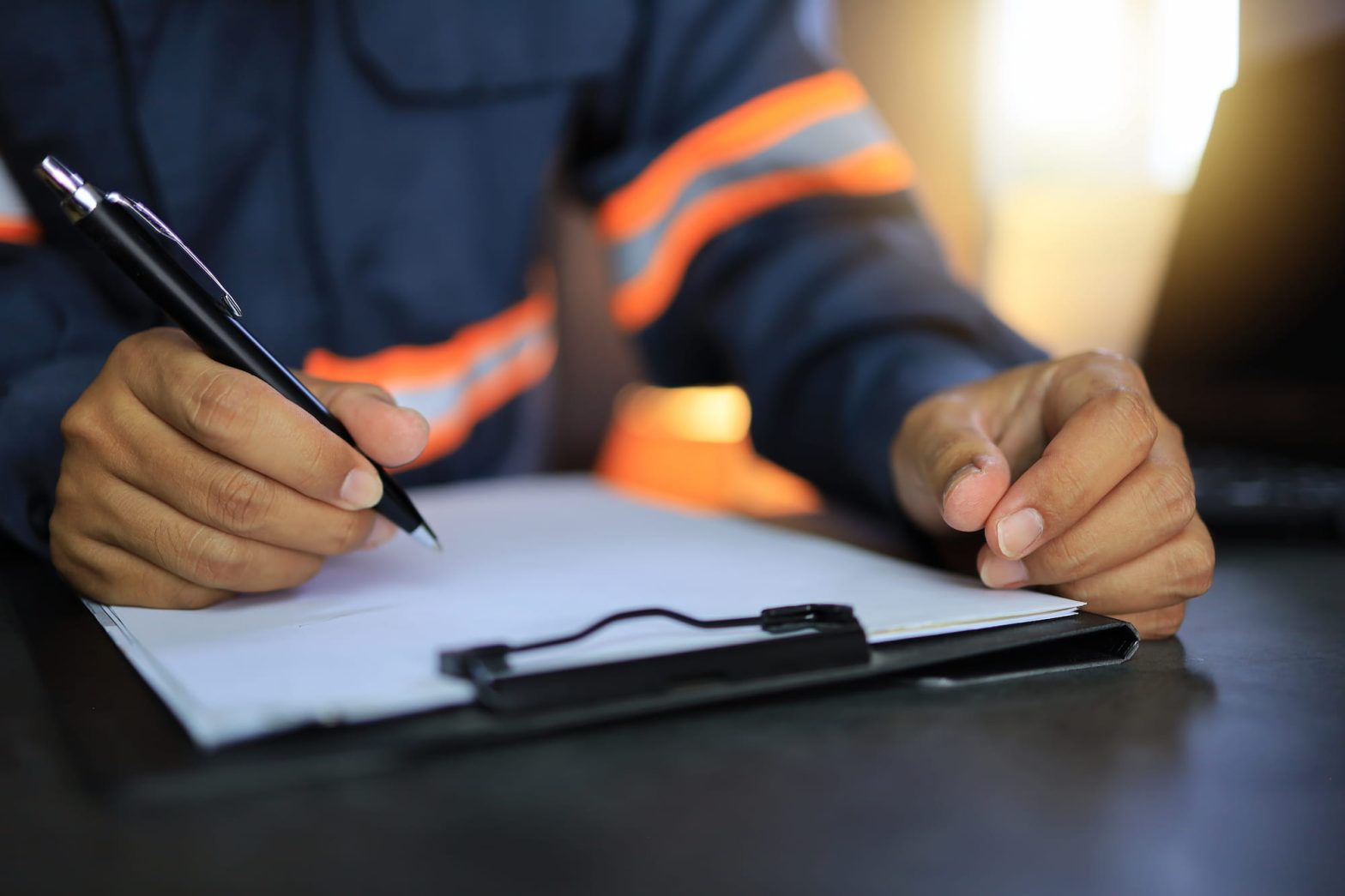Is Inspection a Preventative Maintenance?
When it comes to maintaining equipment, machinery, or any complex system, the terms “inspection” and “preventative maintenance” are often used interchangeably. However, it’s essential to understand whether inspection alone qualifies as preventative maintenance or if it is just one component of a broader maintenance strategy.
Defining Preventative Maintenance
It involves a series of planned tasks and actions performed on equipment to prevent the occurrence of faults or breakdowns. These tasks are typically scheduled based on equipment usage, time intervals, or specific indicators. The primary goal is to identify and address potential issues before they escalate, reducing the likelihood of unexpected failures and increasing the lifespan of the equipment.
Inspection as Preventative Maintenance?
Inspection plays a crucial role, but it is not synonymous with it. Inspection involves a careful examination of equipment or systems to assess their condition, identify any signs of wear or damage, and determine if any components need immediate attention. While inspection is an integral part of preventative maintenance, it is just one piece of the puzzle.
Understanding the Role of Inspection
Inspections are essential for several reasons:
- Early Detection of Issues: Regular inspections allow maintenance teams to identify potential problems early on, preventing them from evolving into major issues.
- Optimizing Performance: Identifying and addressing minor issues during inspections helps in maintaining equipment at optimal performance levels.
- Compliance and Safety: Inspections are often necessary for compliance with industry regulations and safety standards, ensuring a secure working environment.
Complementary Relationship
It involves a more comprehensive approach, encompassing various tasks such as lubrication, component replacement, and system adjustments. Inspection is a key element within this broader framework, providing valuable data that informs decisions about when and what type of preventative maintenance is needed.
For instance, an inspection may reveal that a specific component is showing signs of wear. Based on this information, a maintenance schedule can be devised to replace the component before it fails, preventing unplanned downtime and costly repairs.
Conclusion
While inspection is not the sole definition, it is an integral part of a comprehensive maintenance strategy. The two concepts work hand in hand to ensure the reliability, safety, and longevity of equipment. Companies and industries must recognize the importance of both inspection in their overall maintenance programs to achieve optimal operational efficiency and reduce the risk of unexpected failures.

